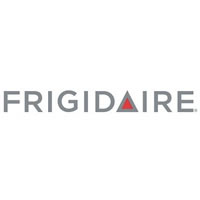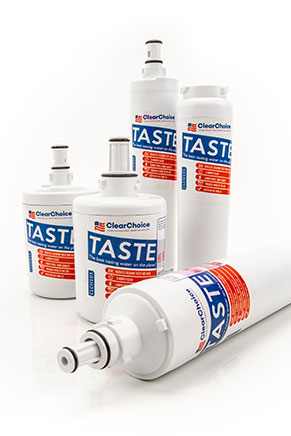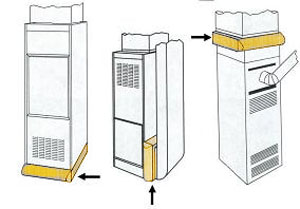How do I find, identify, measure and change my furnace filter?
You might be surprised that many homeowners do not know how to locate or change their furnace or AC filter. This article is created to answer these questions:
What does my furnace / AC filter do?
How to I locate my furnace filter or air conditioner filter?
How do I change my furnace or air conditioner filter?
What do I need to know when changing furnace filters?
What is the function of the furnace AC Filter, what does it do?
The filter used for a standard residential HVAC system was originally designed to protect the heating and cooling equipment, but not neccesarily to clean the air that you breathe. Air in a home is pulled into the return ductwork by the system fan/blower to be heated by the furnace heat exchanger, or cooled by the air conditioner's evaporator coil. The filter, which is set in the return ductwork, filters all air before it comes in contact with expensive components of the HVAC system. Even a low efficiency fiberglass panel filter will remove particulate to the extent that the heat exchanger or AC coil won't become excessively dirty or damaged by larger particles of dirt/debris that enter the return.
A quick trip around our website will illustrate that there are many choices in filtration above and beyond the cheap hardware store fiberglass filter. Beyond just the protection of heating and cooling equipment - a good quality filter can improve your health by:
Attracting and capturing large allergens like:
- Pollen
- Mold spores
- Dust mite debris
AND EVEN
Attracting and capturing microscopic allergens like:
- Smoke
- Pet dander
- Household dust
- Smog
Depending on the type of filter, a filter change is a good idea at least every 1-3 months. Certain conditions in your home will significantly add particles to the air - this will cause the filter to capture more particles, shortening it's life to less than normal. These conditions would include: dirty ductwork, pets, construction work, sanding projects, tobacco smoke, burning candles, fireplaces and wood-burning stoves.
How to I locate my furnace filter or air conditioner filter?
If you are in a new home, or if you haven't changed your filter before, the best place to start looking is the mechanical room - or the place inside the home where the heating and cooling equipment resides. This can be in a closet, in the basement, or even the attic. Hint - turn the fan setting on your thermostat to "on". Listen for the system fan and follow the fan sound.
Most furnace filters will be found right on the side of your furnace like in figure 1 . You may have to remove an access panel if the filter resides inside the fan enclosure like figure 2 . A common "up-flow" configuration is shown in figure 3.
Fig.1 Fig. 2

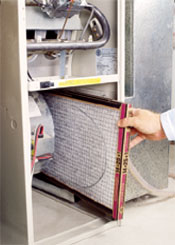
Fig. 3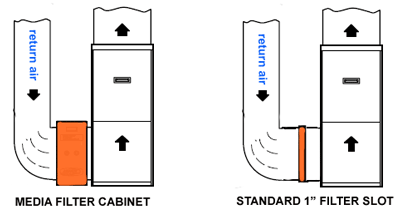
You may not have a thin 1" filter. Your filter may be a "media" filter that fits in a thick air cleaner enclosure - see figure 3, 4, 5 . In most cases, the air cleaner cabinet will have a brand name and be much thicker/wider than a standard 1" slot. Common whole house air cleaners are from Aprilaire, Honeywell, Bryant / Carrier, Lennox, and Goodman. These larger "box-type" media filters are likely to be 4-6" in thickness.
Fig. 3 Fig. 4 Fig. 5

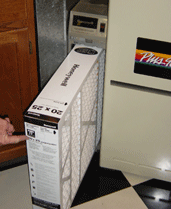
Though not as common - filters are sometimes found in return air grilles. The grill has a hinged face with an enclosure where the filter nests. These are found in the ceiling and in the wall. Honeywell manufactures a deep pleated return grille filter for this application - though 1" filter grilles are more common.
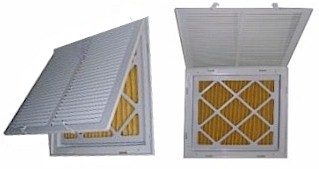
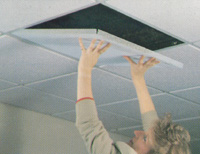
RETURN FILTER GRILLES
How do I tell what size or kind of furnace or air conditioner filter to purchase?
The easiest way to tell what type of filter you have is to look for a part number or size somewhere on the filter. Most manufacturers will put their part number or nominal size on the outside of the filter for for easy identification. Note: the make, model number or serial number of your furnace, air conditioning system, or air handler does NOT provide much useful information on the appropriate replacement filter.
Our rule is:
If you can't find a filter part number or nominal dimensions printed on the filter - get a tape measure and record the exact size of the filter you are trying to replace.
Find the Length ( Figure 6 ) the Width ( Figure 7 ) and the thickness ( Figure 8 ). Filters are usually listed at a nominal size, or an easy way to think of it, a rounded-up number. A manufacturer might print 20" x 25" x 1", when the filter actually measures 19 1/2" x 24 1/2" x 7/8" with a tape measure. It is normal for a filter to be undercut up to 1/2" from the nominal size. Websites like ours will list BOTH the nominal AND actual size of the filter to eliminate any confusion (see Figure 9).
Fig. 6 Fig. 7 Fig. 8
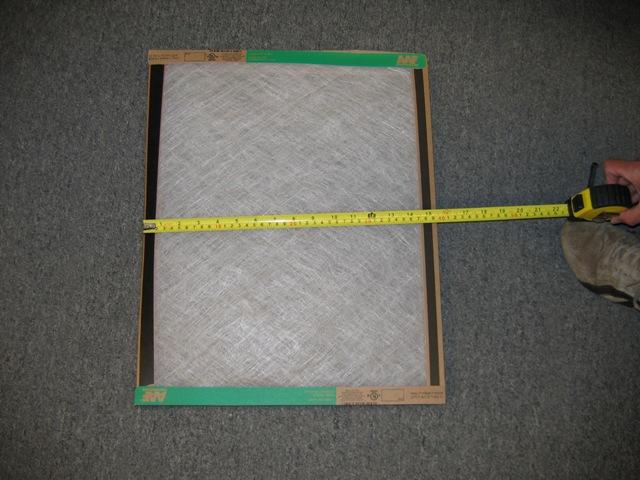
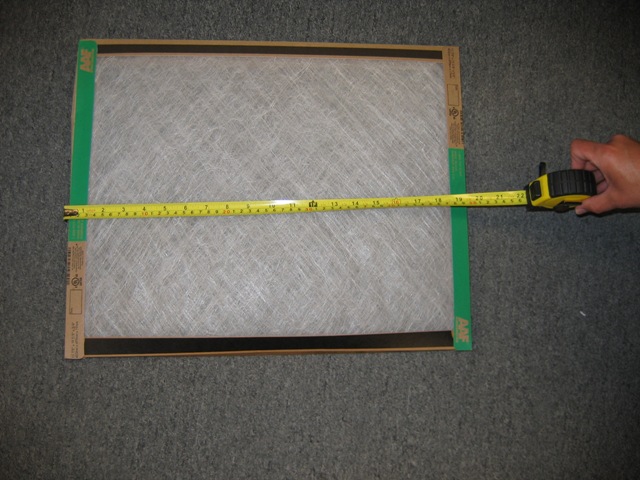
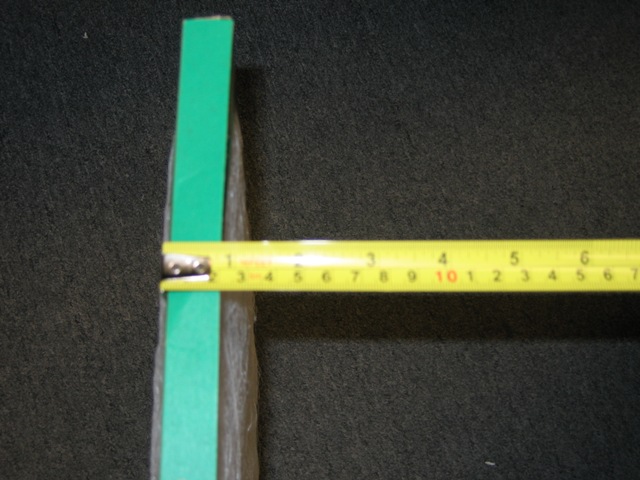
Fig. 9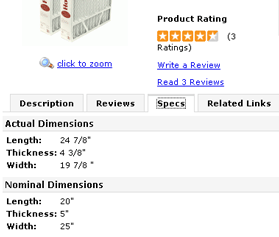
Now that I have a new furnace filter, how do I change it?
Note: before changing your filter - turn the power OFF to the furnace or air handler. When a filter is changed - a tremendous amount of dust can be dislodged, and it is best to NOT have the system fan runnig mid-change.
Most filters are manufactured to be inserted only one way into their slot or air cleaner cabinet. Often, a rigid scrim or wire mesh is made on the downstream side of the filter to give the filter the strength and rigidity it needs. The downstream side of the filter is the last suface the air touches - and should face the blower / furnace / ac unit / air handler.
Most filters have an air flow arrow (figure 10) which tells you which direction the filter should be inserted.
fig. 10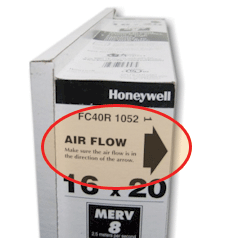
Another way to conceptualize this is:
Air from the home ------> into furnace/AC -----> Filter -----> back into your home
The act of changing the filter is as simple as sliding the old one out and sliding a new one in. You may have to remove a slot cover, or air cleaner door. Some air cleaners - like the popular Aprilaire / Space-Gard 2200 and 2400 require that a new filter be assembled. Click here to see full instructions for changing out an Aprilaire / Space-Gard filter.



